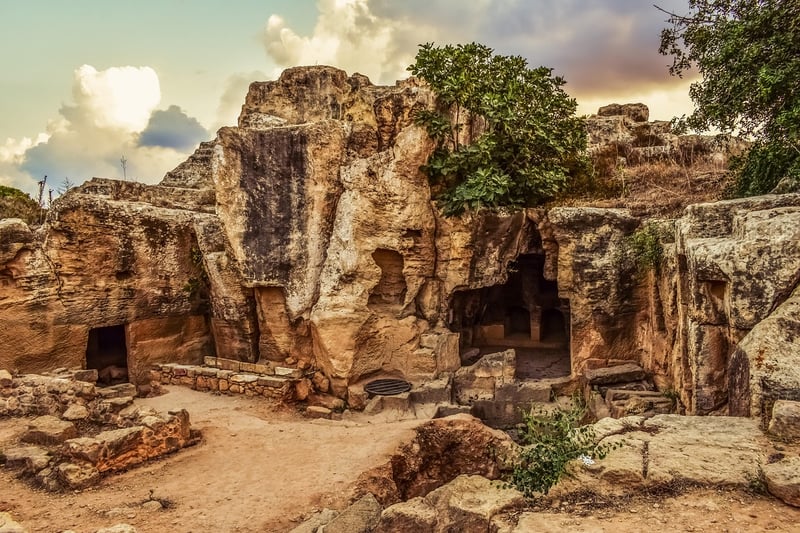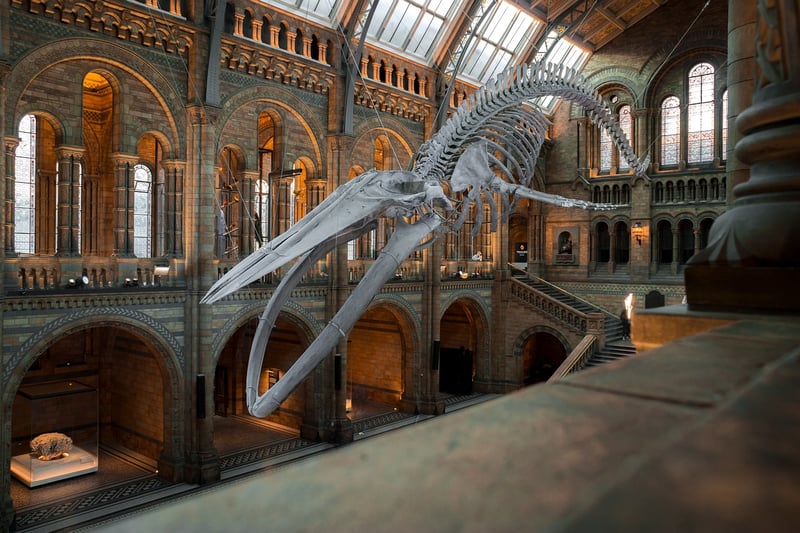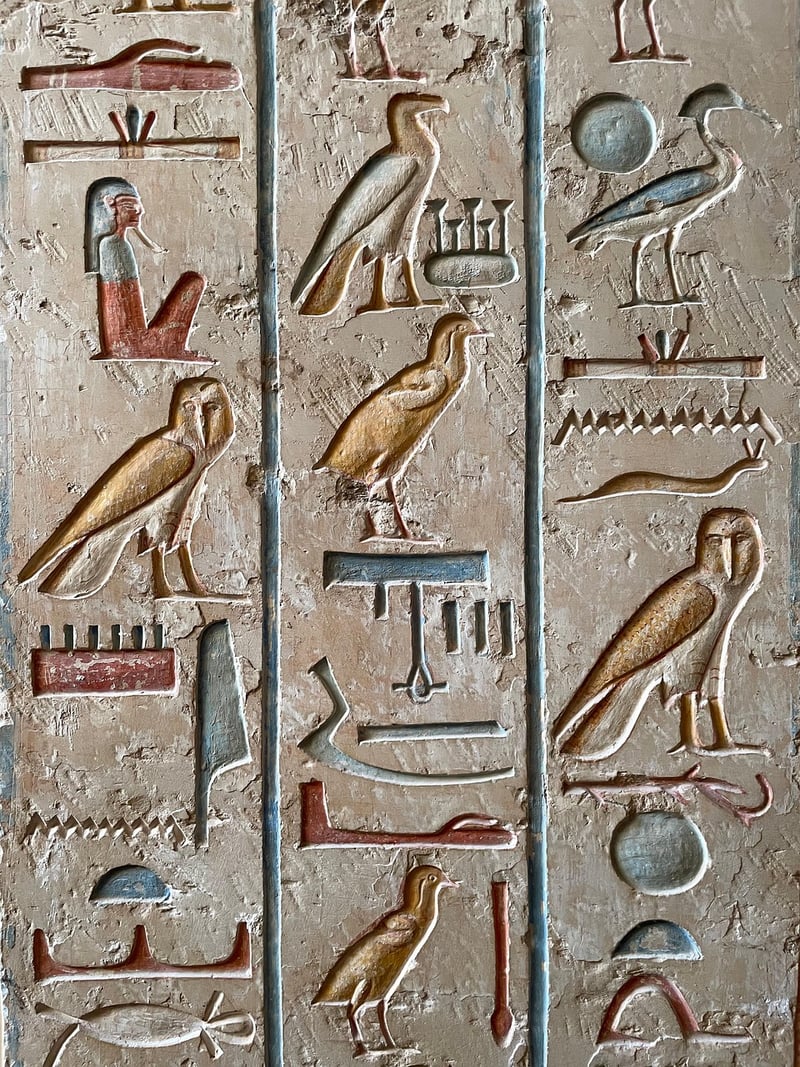Present Artifacts
Preserving History: The Significance of Present Artifacts
Preserving history is a vital task that allows us to connect with our past, understand our present, and shape our future. One essential aspect of this preservation is the presentation of artifacts that provide tangible links to bygone eras. These artifacts serve as time capsules, offering insights into the lives, cultures, and innovations of those who came before us.
The Role of Artifacts in Preserving History
Artifacts are physical objects created or used by humans in the past, ranging from ancient tools and pottery to medieval manuscripts and modern technological inventions. These items hold immense historical value as they offer a direct connection to specific time periods, events, and individuals. By carefully preserving and presenting artifacts, we can gain a deeper understanding of our shared heritage.
Challenges in Artifact Preservation
Preserving artifacts is not without its challenges. Factors such as environmental conditions, improper handling, and lack of funding can lead to the deterioration of these historical treasures. Museums, cultural institutions, and dedicated individuals play a crucial role in overcoming these challenges by employing conservation techniques, ensuring proper storage, and conducting research to enhance our knowledge of the artifacts.
Presenting Artifacts to the Public
Exhibiting artifacts to the public is a powerful way to educate, inspire, and engage audiences of all ages. Museums curate displays that showcase artifacts in meaningful contexts, providing visitors with opportunities to learn about different cultures, scientific advancements, and artistic achievements. Interactive exhibits, guided tours, and educational programs further enhance the experience of engaging with historical artifacts.
Embracing Technology in Artifact Presentation
Technology plays an increasingly important role in presenting artifacts to the public. Virtual tours, online collections, and digital archives enable people from around the world to explore and learn about artifacts without physical limitations. Augmented reality and virtual reality experiences offer immersive ways to interact with historical objects, bringing history to life in innovative ways.
Conclusion
Preserving history through the presentation of artifacts is a collaborative effort that requires dedication, expertise, and resources. By valuing and safeguarding these tangible links to our past, we ensure that future generations can continue to learn from and appreciate the richness of human history. Whether in museums, archives, or digital platforms, artifacts play a vital role in shaping our understanding of the world and our place within it.


